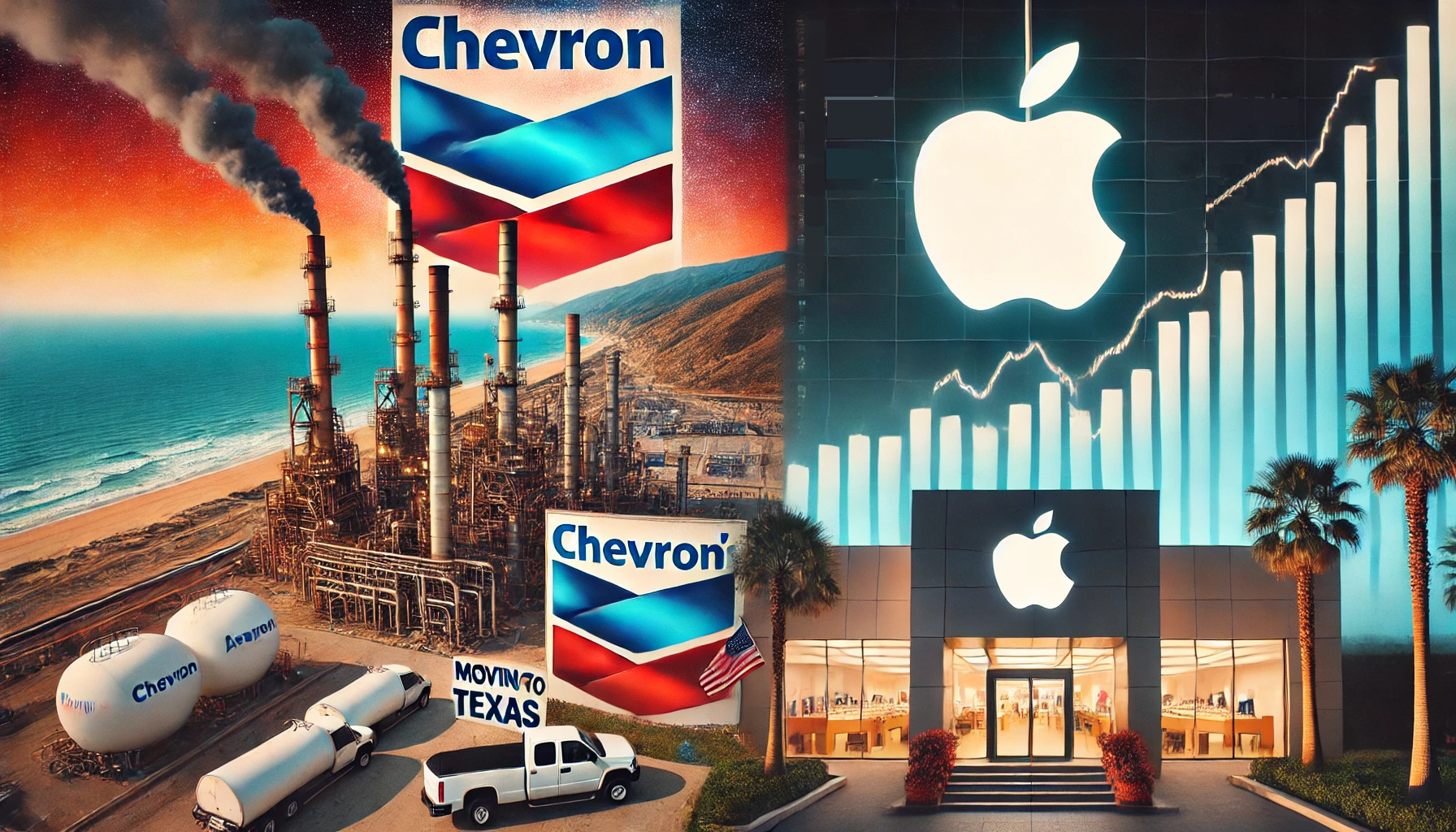In a significant turn of events for two industry giants, Apple and Chevron, contrasting fortunes have highlighted the growing divide between the tech and energy sectors in California. While Apple reported strong quarterly earnings and reaffirmed its commitment to California, Chevron announced it is relocating its headquarters to Texas following years of regulatory challenges and disappointing financial results.
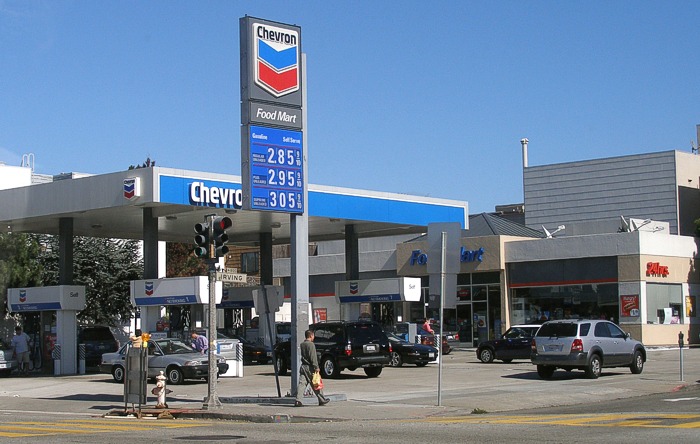
Chevron Corp., historically based in California since the era of kerosene lamps, revealed on Friday that it will relocate its headquarters to Texas. This decision follows years of disputes with California officials over stringent environmental policies and costly regulations. The move ends Chevron’s 145-year history in California, the most populous state in the US. Texas Governor Greg Abbott welcomed Chevron to its “true home,” while a spokesperson for California Governor Gavin Newsom described the relocation as a “logical culmination” of the oil giant’s prolonged transition.

Chevron had previously reduced new investments in California refining, citing “adversarial” government policies in a state known for some of the most stringent environmental regulations in the country. The announcement coincided with Chevron’s disappointing second-quarter results and an outlined shake-up in senior leadership aimed at improving outcomes.
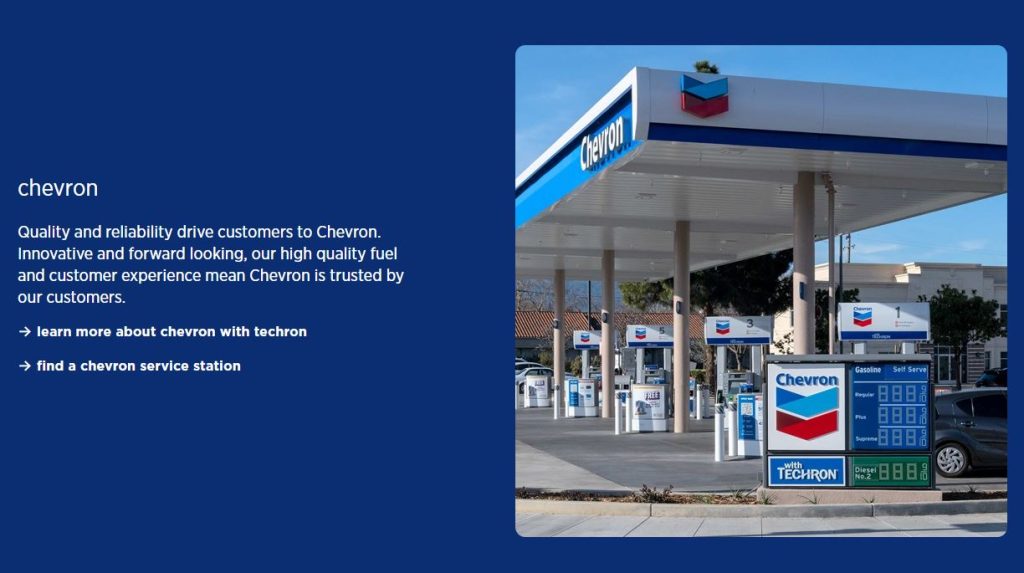
In the second quarter, Chevron reported revenue of $51.18 billion, which was higher than expected. However, the company’s adjusted earnings per share of $2.55 missed analysts’ expectations of $2.93. Stewart Glickman, CFRA Research Energy Equity Analyst and Deputy Research Director, described the results as “disappointing” and downgraded Chevron’s shares from a Buy to a Hold.

Texas offers a vast network of resources essential to Chevron’s operations, including equipment vendors and universities that provide research and recruit talent. CEO Mike Wirth highlighted these advantages in the company’s decision to move. Chevron joins other major companies that have left California, such as Oracle Corp., Hewlett Packard Enterprise Co., and Tesla Inc. While many Silicon Valley tech giants cited tax and cost-of-living concerns, Chevron’s move was driven by increasing conflicts with state leaders over tough fossil-fuel regulations.
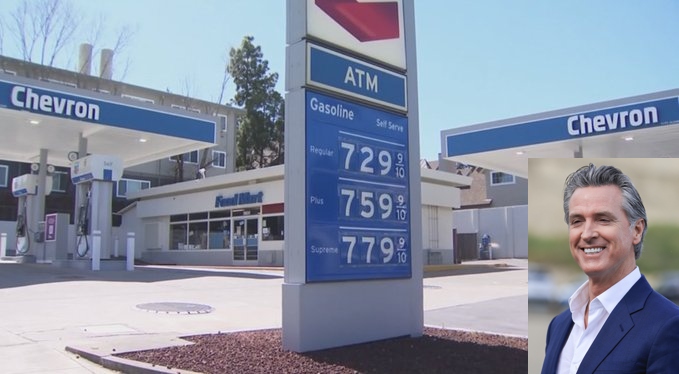
In his 2022 reelection campaign, Governor Newsom pledged to challenge Big Oil, calling for a special legislative session to impose a “price gouging” tax on oil companies, which was later reduced to a task force studying profit margins. “This announcement is the logical culmination of a long process that has repeatedly been foreshadowed by Chevron,” stated Alex Stack, a spokesperson for Governor Newsom. “We’re proud of California’s place as the leading creator of clean energy jobs – a critical part of our diverse, innovative, and vibrant economy.”

California has long been an unlikely home for an oil company. The state pioneered efforts to cut tailpipe emissions in the 1960s and has set ambitious climate goals, including achieving net zero by 2045, five years ahead of the US as a whole. The state frequently experiences droughts and wildfires, highlighting the catastrophic effects of climate change. California leads the nation in electric vehicle sales, accounting for more than a third of the country’s total. It also consumes almost all of America’s renewable diesel, made from vegetable oil and natural fats.
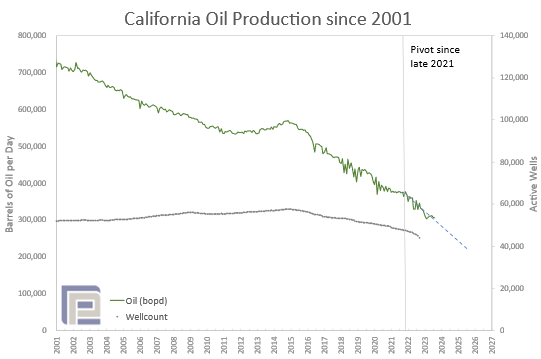
While California once played a significant role in the US oil sector, its output has been declining for the past four decades. In contrast, states rich in shale, like Texas and New Mexico, have seen crude production boom. Texas’s light taxation, business-friendly regulations, and relatively low cost of living have made it a desirable destination for companies over the last decade. According to the Federal Reserve Bank of Dallas, Texas saw a net migration of 7,232 firms and the addition of nearly 103,000 jobs between 2010 and 2019.
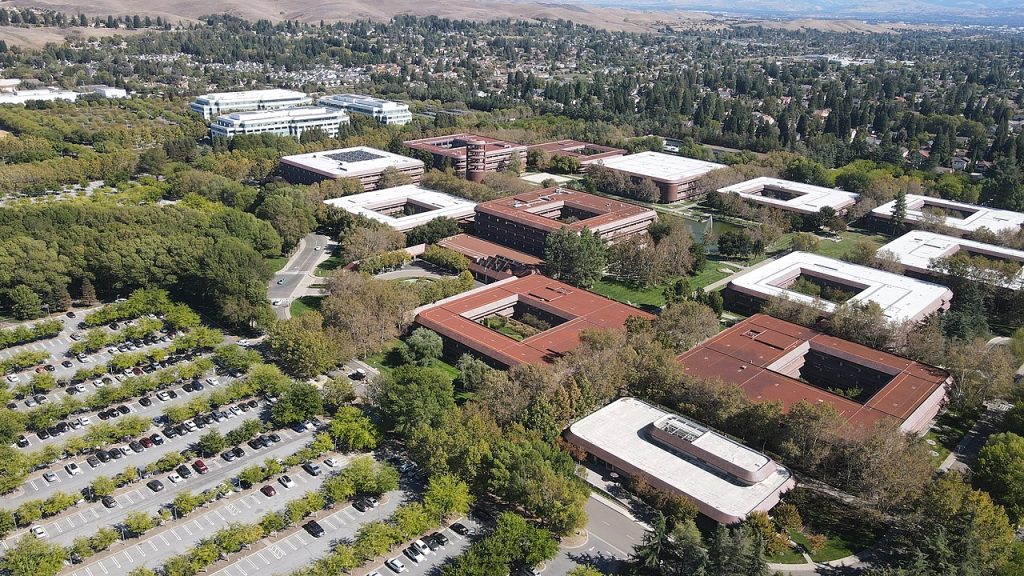
Chevron currently employs about 7,000 workers in the Houston area, compared to about 2,000 in San Ramon, California. The relocation is expected to streamline operations and further integrate Chevron’s workforce within Texas’s supportive business environment. As of the latest update, Chevron’s stock price stands at $150.50, reflecting a recent increase following the announcement of their relocation and strategic changes.
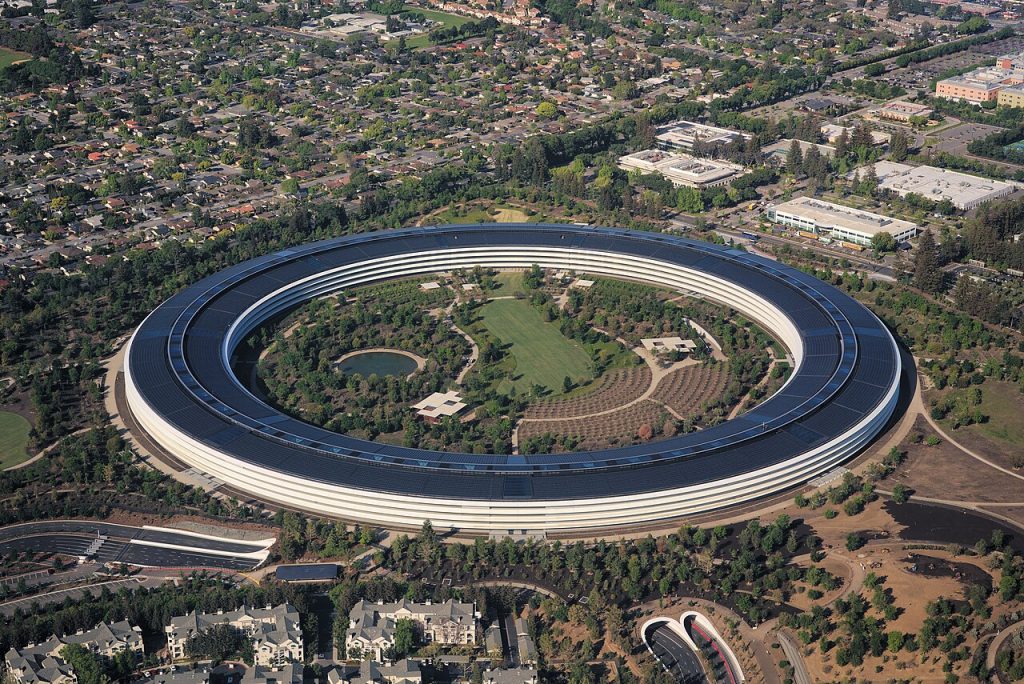
In contrast to Chevron’s challenges, Apple Inc. reported strong results in its recent quarterly earnings. Apple saw revenue from Greater China reach $14.7 billion, slightly below the $15.2 billion anticipated by analysts surveyed by Bloomberg, and a decrease from the $15.7 billion reported in the same quarter last year. However, overall iPhone sales hit $39.2 billion, surpassing expectations of $38.9 billion but falling short of the $39.6 billion from Q3 2023.

For the quarter, Apple reported earnings per share (EPS) of $1.40 on revenue of $85.5 billion. Analysts had expected EPS of $1.35 and revenue of $84.4 billion. In the same period last year, Apple saw EPS of $1.26 and revenue of $81.7 billion. Despite missing some revenue expectations on it’s iPhone, Apple’s overall performance remains strong, reflecting its resilience in a competitive market.
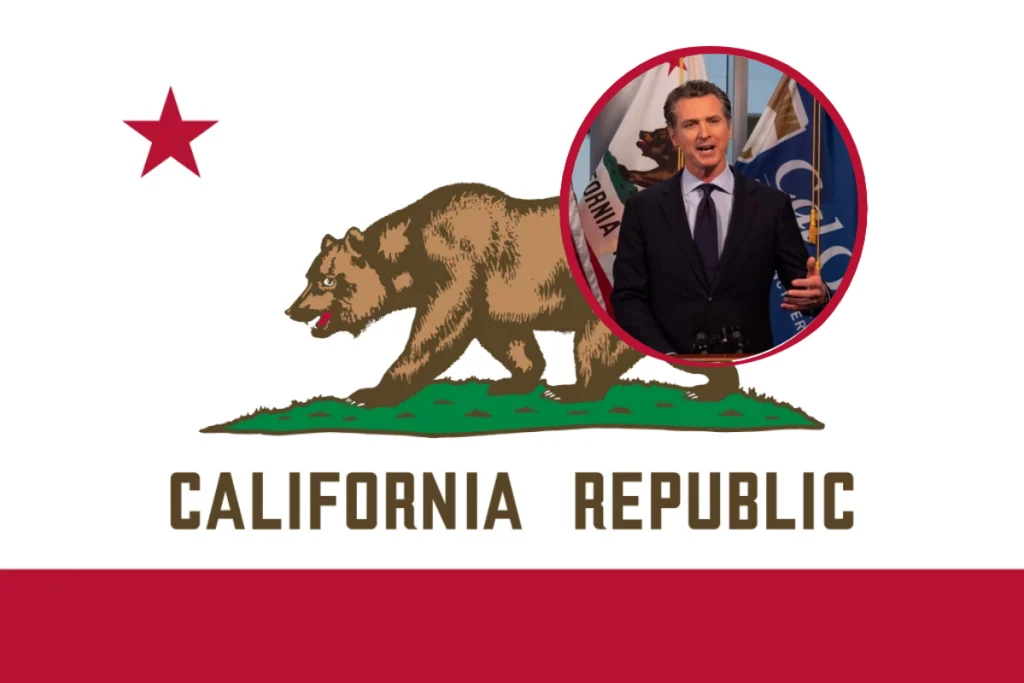
Apple’s continued success and commitment to staying in California contrast sharply with Chevron’s departure. The tech giant’s ability to thrive in the state highlights the divergent paths of industries facing different regulatory and market challenges.

